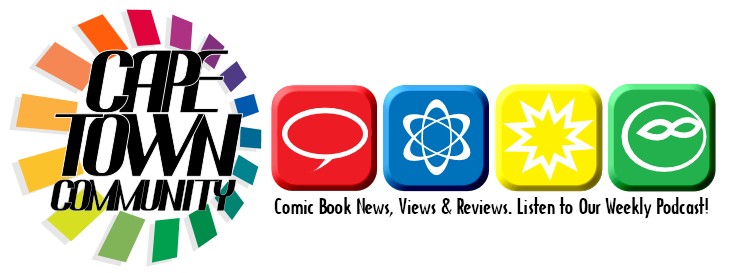

By Don M. Ventura
I think John Romita Jr. is one of the most talented artists in comics today. But he is ill-suited to draw the newest Avengers title. And the first cover? It is easily one of the worst first covers in recent memory. Is Spider-Man really swinging from Mjolnir?
Here’s the thing, even the best artists cannot draw any book. Eduardo Risso and Darwyn Cooke are also favorites of mine, but I would not want them drawing the Avengers either. Romita Jr. has always succeeded when paired with book that has a more solemn tone or protagonist. Think of his powerful work on Hulk with Bruce Jones, or his more consistent run on Amazing Spider-Man with J. Michael Straczynski. So much of those character’s souls were conveyed in the Romita Jr.'s simple and touching artwork. However, when tasked to fill page after page of costumed-characters, Romita Jr. fails and his drawings become distracting.
The story, brought to us by Brian Michael Bendis (of course), brings back classic Avengers-baddie Kang the Conqueror. After all, who else is fit to challenge the spanking new line-up led by Captain America, Iron-Man and Thor? It seems that the spawn of some of the Avengers have taken to slaying their opponents rather than bringing them to justice (perhaps Jeph Loeb is writing their adventures in this future). Always sure to present a strong cliffhanger, Bendis reveals a former—and very buff—ally to be the inaugural arc’s true villain.
The story is good—not great. It is reminiscent of classic Avengers tales where the odds are squarely stacked against our team and attacks are coming from all sides. But I still have a problem with a line-up that contains Spider-Man and Wolverine, who rarely have anything to do but add background chatter. With Hawkeye back on the team, we now have two wisecrackers. I would like to see Bendis present a story that justifies their inclusion by centering storylines on them rather than relegating them to lines such as “Really?” and “Count me in.”
Okay, so why then does the first issue of the New Avengers work so swimmingly? My hypothesis is that this is the book that Bendis is truly passionate about. This series has the writer’s favorite characters: Luke Cage, Iron Fist, Spider-Man, Wolverine, Ms. Marvel, Jessica Jones, as well as new recruits Thing and Mockingbird. While this feels even less like an Avengers book, I found myself enjoying this a great deal more than the Avengers title. Bendis has an affinity for these characters and it comes across in his writing.
The story begins with Dr. Strange and Daimon Hellstrom being possessed by some unknown evil that is after the former Sorcerer Supreme’s Eye of Agamoto. While Bendis takes us back to this briefly and at the conclusion, the story is pretty much a reintroduction of these characters into the New Avengers universe. Classic Bendis dialogue and good pacing is used to begin fitting this team together—just in the nick of time as a possessed Dr. Strange and the Son of Satan reappear to take the soul of one of the team’s mightiest.
And how does New Avengers truly deliver? Stuart Immonen’s fantastic images. I cannot recall a series that he doesn’t seem well-suited to draw (Ultimate Fantastic Four, Ultimate Spider-Man, Hulk, and my personal favorite, Superman: Secret Identity). I found myself happy to see Thing on this team simply because I love Immonen’s rendition of the character. There’s a lot of conversation in this book and Immonen creates panels that are equally as interesting as when he’s drawing Victoria Hand being slammed through the front doors of Avengers mansion. Before a single Avenger has moved in to boot.
Marvel’s Heroic Age is off to a solid start with the New Avengers, and a so-so start with the Avengers.

